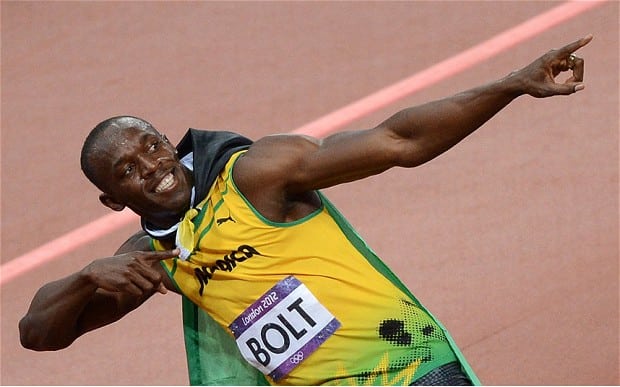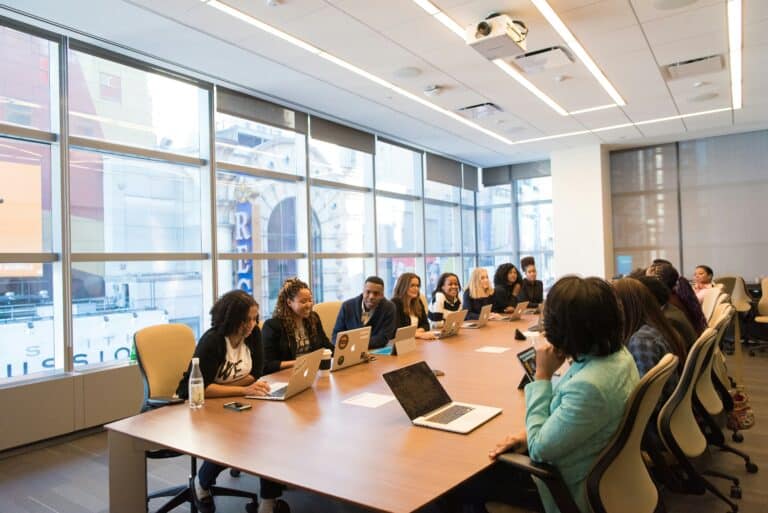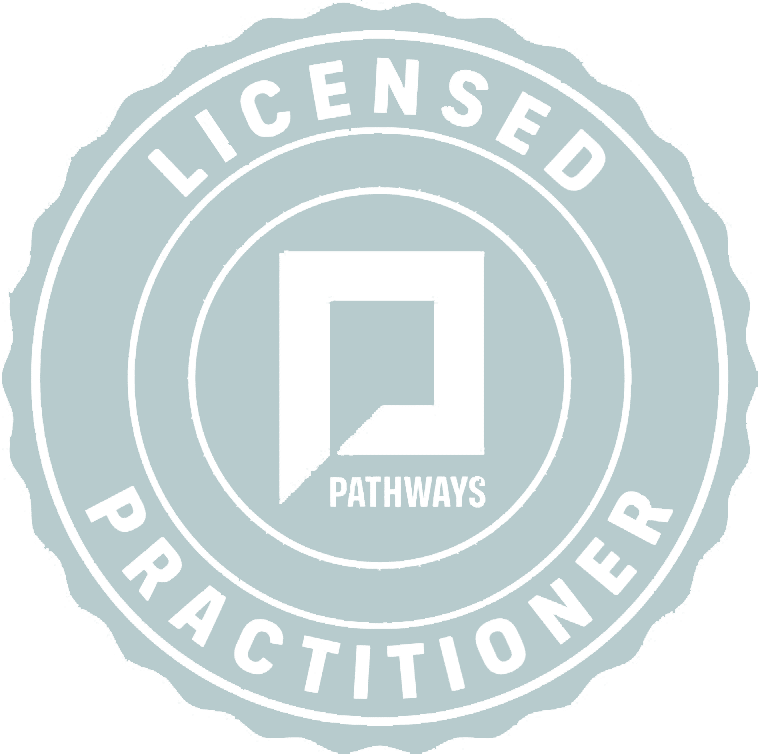The Health and Safety at Work (Jersey) Law, 1989, requires that, as Employers, we provide our staff with safe systems of work.
Quite simply, work procedures that do not expose anyone to an un-assessed risk could be considered a safe system of work; because even doing nothing is not without risk.
How many times have we heard “I didn’t do anything – it just fell!” or words to a similar effect?
Probably the least considered element of the safe system is the most complex – not a computer, not a Computer Numerical Control (CNC) machine tool, certainly not a chemical reaction, but the HUMAN ELEMENT.
As a species we have not survived and progressed to the point we are at now by standing still and doing nothing. We are inquisitive – “What does this red button marked “Fire” do?”, or “I wonder what this nice red toadstool tastes like?”. We are inventive – “Perhaps if I mix Fuller’s Earth with Nitro Glycerine it will be safer to transport and handle?”, or “I wonder if I tie this sheet to my back and jump off a high point I will float down to the ground in reasonable safety?”
We are certainly argumentative – “Why should I wear a helmet? It is far too hot”, or the alternative “I’ve lifted it this way for years and I’m OK, except for a bit of back pain”. We are compliant – “OK Boss, if you say its safe”, or “if you say it’s asbestos free, I’m sure you are right”. We are, in fact, many things to many people because our nature is to adapt and overcome in adversity. It pleases us to please others, which makes us DANGEROUS.
An individuals, psychology should be taken into account when developing a system of work, which we might rely on to prove we are compliant with the requirements of the Law; but the subject is too great to be covered in a single short article so let us concentrate on a single aspect of what makes us what we are.
We all get tired. If we work hard for short periods of time, the recovery time is short. Take for example Usain Bolt: sudden, fast. Explosive bursts of work are sufficiently quickly recovered from, to allow them to be repeated or exceeded several times in a working fortnight. For large amounts of work, the recovery time increases rapidly – Stephen Kiprotich ran a single event and was probably still aching three days after he collected his Olympic Marathon Gold Medal.
Physically, the body can protect its muscles from overwork by producing lactic acid in the muscle cells and tissue. This, along with other factors, prevents the continued use of the muscle, thus providing a natural defence. Pain becomes Mother Nature’s reminder that the body must be treated with care and properly rested. But what of the anomaly of feeling tired when little work has been done, or the possibility of carrying on working long after our body has told us to stop, and its effect on how safe the individual may or may not be?
The two types of fatigue differ greatly. If it depends on the amount of work done, it is objective, but how fatigued a person FEELS is subjective and can depend on various factors. To understand how this can be and how we can take it into account when developing safe systems of work, we need to consider the workings of the brain.
In all of us, generally, there is a fatigue centre in the brain that sends out messages instructing us to feel tired. This is the Inhibitory System (IS) and the more active the system becomes the more tired we feel. If we sleep or rest, the system becomes less active and we feel less tired. If we eat or drink alcohol, the system is stimulated, so if you yawn after dinner you know what your excuse is – “My IS is over active and I need a nap.” Absolutely nothing to do with the Pinot Noir then!
Don’t worry, there is an anti-dote, which we will call the Reticular Activating System (RAS) that, when stimulated, leaves us active and alert. In fact, as we sleep in response to the IS, our RAS increases its activity leaving us alert and ready to go after a nap. This leaves us then wondering what has all this to do with safe systems of work.
Jobs which have little in the way of information content or sensory input, those normally described as “boring” or even “monotonous”, have little to stimulate the RAS. The brain normally being in balance acts to stimulate the IS and the worker starts to feel fatigued and sleepy. Of course boredom and monotony are subjective; your monotony is my relaxation.
If the RAS is not actively stimulated, we can do the job for it by daydreaming, which is a way of keeping tiredness and fatigue at bay – but it is dangerous because it cuts out external hazard warnings we might need to avoid fatal consequences. If the RAS is stimulated by a response to crisis, then tiredness and fatigue disappear altogether as the IS is swamped by the RAS.
So what does this tell us about safe systems of work? If a job is boring but dangerous, find the right employee or keep shifts short and rotate staff. If the job is highly stimulating but physically demanding, keep it down to short bursts and provide a good rest area. If it is boring, then try to manage out the hazards rather as Alfred Nobel did with his one-legged stool – if the individual stirring the explosive, a vital link in the chain, nodded off or day dreamed, he fell off the stool and rapidly returned to the important task in hand!
Most importantly your safe system of work must consider each and every aspect of the Individual as well as the task in hand to be adequate for its purpose. So can Usain Bolt safely run 10,000 meters at 10 seconds per 100 meters?
For further information with regard to any aspect of the Health & Safety, please contact David Ward, H&S Business Manager, H&S@Work.






